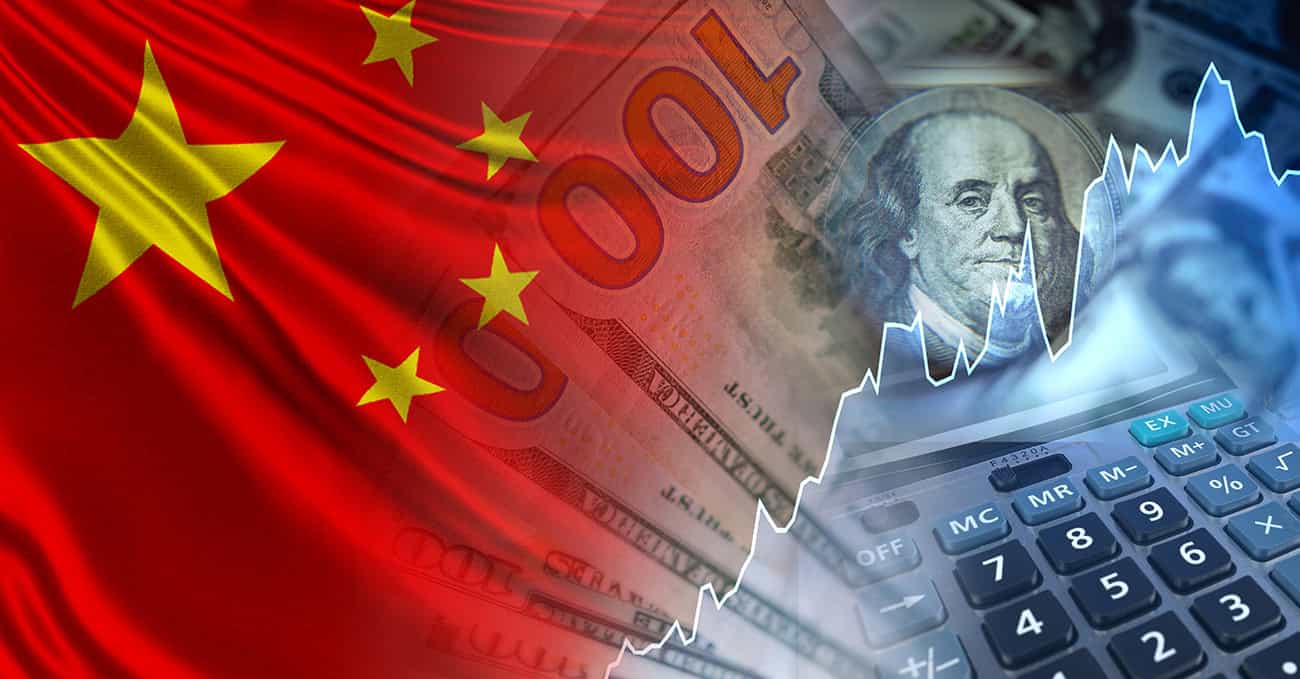Talk of de-dollarization is back on the table after new data from the US Treasury Department revealed that China offloaded close to $50 billion in US Treasuries in the first quarter and had reduced its holdings by more than $100 billion in the year through to March 2023. The revelations come as China and the US are locked in an increasingly tense stand-off involving trade and China’s intentions toward Taiwan.
Belgium, which is often referenced as a proxy custodian for China’s debt holdings, reportedly disposed of more than $20 billion of Treasuries in the same period.
Not everyone is convinced China’s US debt sales represent anything aggressive as opposed to a routine realignment of debt management activities by the world’s second largest economy. But the question whether Beijing is dumping US debt, combined with a potential broader adoption of the renminbi, suggests the US government will need a strategy to manage the impact on perceptions of the greenback as the world’s reserve currency.
“The core issue of whether China has diversified at the margin out of the dollar/dollar bonds or has diversified its set of custodians beyond the US custodians and Euroclear remains unresolved,” Brad Setser, senior fellow at the Council on Foreign Relations, wrote on X, formerly known as Twitter, last month.
But that doesn’t mean Beijing’s pattern of rotating out of US debt into commodities such as gold is insignificant, analysts say, indicating a desire to mitigate risk amid the threat of US sanctions on China over trade with Russia. Punitive tariffs imposed by the Biden administration may also be fueling Beijing’s ambitions to diversify its holdings. In the first quarter, China’s gold reserves rose by 27.06 tons, second only to Turkey’s, according to the World Gold Council.
Meanwhile, the recently expanded BRICS trade bloc, in which China plays an influential role, has expressed unease over the macroeconomic dominance of the dollar and is seeking alternative reserve currency choices. This might accelerate China’s ambitions to internationalize the renminbi and offer a geopolitical solution for the nascent trade bloc—although not all BRICS constituents agree.
Sanctions related to restrictions have prompted use of the United Arab Emirates’ dirham in India-Russia trade, bolstered by “Indian officials’ discomfort with use of the renminbi by Indian importers,” the Carnegie Endowment for International Peace said in a December report on BRICS de-dollarization efforts.
